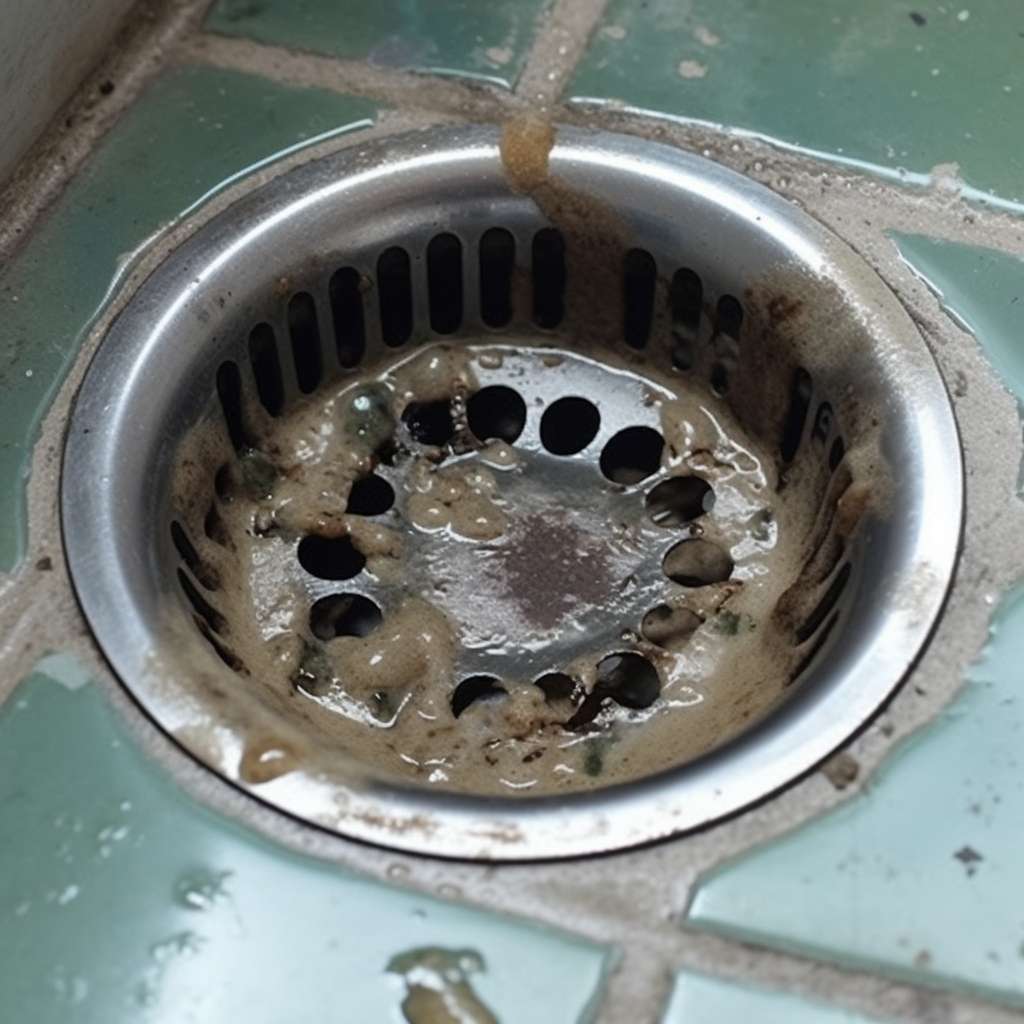Get Ready For Winter Drain And Pipe Cleaning: Prevent Blockages, Save On Repairs, And Keep Your Home Flowing Smoothly
Winter weather creates unique challenges for your home's plumbing system that can lead to costly repairs if left unaddressed. Cold temperatures, increased indoor water usage, and seasonal debris buildup combine to put extra strain on drains and pipes throughout your property. Understanding how to prepare your plumbing for winter conditions helps maintain proper water flow, prevents emergency situations, and protects your investment in your home's infrastructure.

As temperatures drop and winter approaches, your home’s plumbing system faces increased stress that can result in significant problems without proper preparation. Cold weather affects pipes differently than other seasons, creating conditions that make blockages more likely and repairs more expensive. Taking proactive steps now ensures your drainage system continues functioning efficiently throughout the colder months.
Why Winter Puts Your Drains and Pipes at Risk
Winter conditions create multiple challenges for plumbing systems that don’t exist during warmer months. Freezing temperatures cause water inside pipes to expand, potentially creating cracks or complete breaks in the plumbing infrastructure. Additionally, cold weather slows water movement through drainage systems, allowing grease, soap residue, and other debris to accumulate more easily along pipe walls.
Reduced outdoor temperatures also affect soil conditions around buried pipes, causing ground movement that can stress connections and joints. Indoor heating systems increase water usage for activities like longer hot showers and frequent dishwashing, putting additional strain on drainage capacity during a time when pipes are already compromised by cold conditions.
Early Warning Signs of Clogged or Frozen Pipes
Recognizing potential problems before they become emergencies saves both money and inconvenience during winter months. Slow drainage in sinks, tubs, or floor drains indicates developing blockages that cold weather will worsen. Unusual sounds like gurgling or bubbling from drains suggest air pockets forming due to partial obstructions.
Reduced water pressure throughout your home often signals ice formation beginning to restrict flow within supply lines. Visible frost on exposed pipes, particularly in basements, crawl spaces, or exterior walls, warns of freezing conditions that require immediate attention. Strange odors coming from drains may indicate organic matter accumulating in slower-moving water, creating conditions perfect for complete blockages.
Essential Tools for Winter Pipe Maintenance
Proper equipment makes winter pipe maintenance more effective and safer for homeowners to perform independently. A quality drain snake or auger removes accumulated debris from drainage lines before cold weather makes blockages worse. Pipe insulation materials protect vulnerable sections of plumbing from freezing temperatures that cause expansion and cracking.
A reliable flashlight or headlamp allows thorough inspection of pipes in dark basement or crawl space areas where problems often develop first. Digital thermometers help monitor temperature conditions around critical plumbing areas, while pipe heating cables provide targeted warmth for particularly vulnerable sections. Basic hand tools including wrenches and pliers enable minor adjustments and repairs before professional intervention becomes necessary.
Professional Cleaning vs. DIY: What’s Right for You?
Deciding between professional service and do-it-yourself maintenance depends on several factors including the complexity of your plumbing system, your comfort level with basic repairs, and the severity of existing problems. Simple maintenance tasks like removing visible debris from drain openings, applying pipe insulation, and monitoring for early warning signs are well within most homeowners’ capabilities.
However, situations involving main sewer line blockages, frozen pipes requiring thawing, or complex drainage systems with multiple connection points typically require professional expertise. Licensed plumbers have specialized equipment including high-pressure water jets, professional-grade drain cameras, and pipe thawing tools that aren’t practical for homeowner use.
| Service Type | Provider | Cost Estimation |
|---|---|---|
| Basic Drain Cleaning | Roto-Rooter | $150-$300 |
| Pipe Inspection/Camera | Mr. Rooter | $200-$400 |
| Emergency Frozen Pipe | Benjamin Franklin Plumbing | $300-$600 |
| Preventive Maintenance | Local Plumbers | $100-$250 |
Prices, rates, or cost estimates mentioned in this article are based on the latest available information but may change over time. Independent research is advised before making financial decisions.
How Regular Maintenance Saves You Money in the Long Run
Investing in preventive maintenance costs significantly less than emergency repairs during winter months when plumbing problems become more severe and urgent. Regular drain cleaning removes accumulating debris before it creates complete blockages that require expensive professional intervention. Pipe insulation and heating cables cost relatively little upfront but prevent thousands of dollars in damage from burst pipes.
Scheduled maintenance also identifies developing problems while they remain minor and inexpensive to address. Small leaks detected early require simple repairs, while the same leaks left unattended through winter freeze-thaw cycles can cause extensive water damage requiring costly restoration work. Professional maintenance contracts often include priority service during emergencies, reducing both wait times and premium pricing during peak demand periods.
Preparing your drainage system for winter conditions protects your home’s plumbing infrastructure while avoiding the stress and expense of emergency repairs during cold weather. Whether you choose professional services or handle basic maintenance yourself, taking action before problems develop ensures your plumbing continues functioning reliably throughout the winter season.




